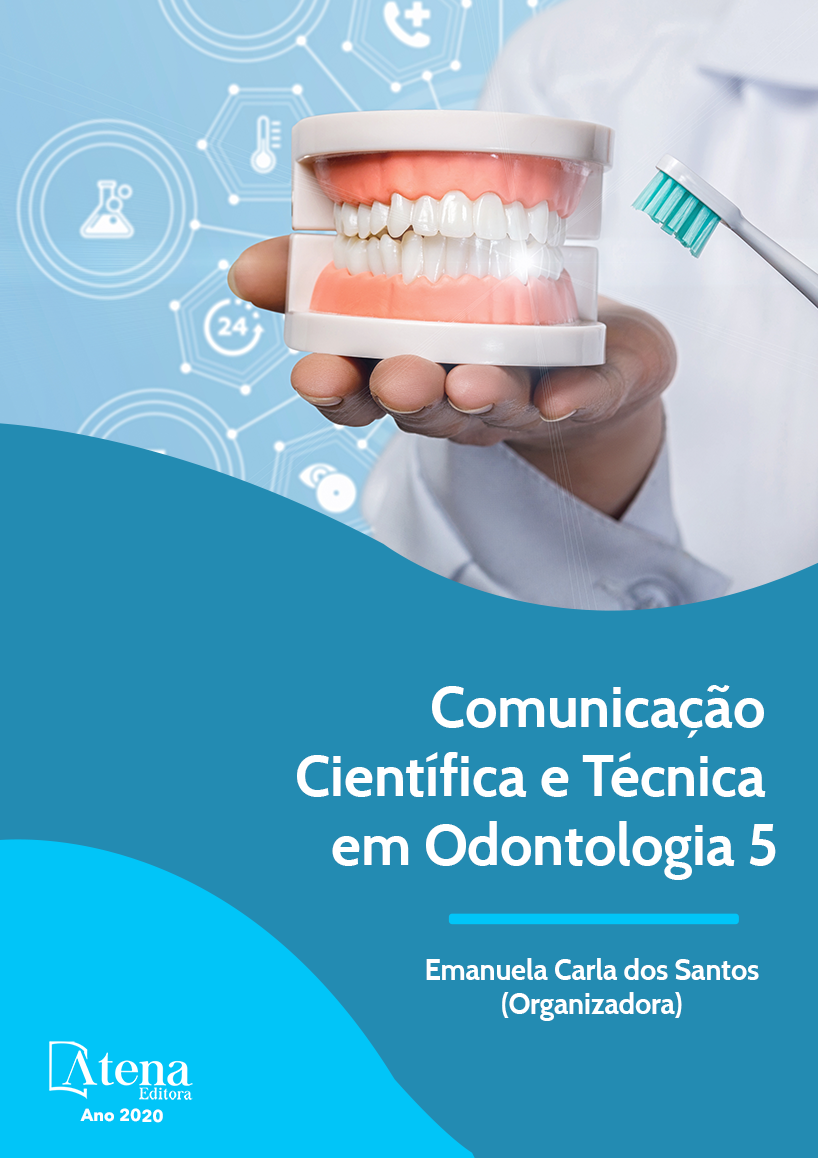
EXPRESSÃO GÊNICA DE IL-3 E TNF-α EM PORTADORES DA SÍNDROME DE PAPILLON-LEFÈVRE
A síndrome de Papillon-Lefèvre (PL) é uma condição rara que afeta um a quatro indivíduos por milhão. Normalmente é identificada ainda na infância, durante a dentição decídua, devido à perda precoce de dentes, doença periodontal grave e hiperceratose palmo-plantar. Atribui-se à mutação no gene da catepsina C, que afeta os processos imunes e inflamatórios nos portadores da síndrome, o grave quadro periodontal. O objetivo do presente trabalho foi avaliar o fenótipo, o perfil imunológico no plasma sanguíneo de três irmãs portadoras da PL e a expressão de genes, possivelmente relacionados à periodontite, no ligamento periodontal e polpa dentária de uma das irmãs portadoras da PL. A metodologia compreendeu a avaliação das condições clínicas, análises das amostras de polpa dentária e ligamento periodontal por PCR em tempo real (qPCR) e exames sanguíneos. O qPCR revelou alta expressão de IL-3 e TNF-α em polpa e ligamento periodontal do paciente PL, quando comparados a amostra controle não-sindrômica. Portanto, pode-se concluir que as imunoglobulinas e os genes alvos estavam super-expressos no paciente PL, o que pode explicar a resposta inflamatória exacerbada nesses pacientes e o comprometimento estrutural severo dos tecidos periodontais.
EXPRESSÃO GÊNICA DE IL-3 E TNF-α EM PORTADORES DA SÍNDROME DE PAPILLON-LEFÈVRE
-
DOI: 10.22533/at.ed.6222024018
-
Palavras-chave: Doença de Papillon-Lefèvre; Doença periodontal; Ceratodermia palmar e plantar; Catepsina C
-
Keywords: Papillon-Lefèvre disease; Periodontal disease; Keratoderma, palmoplantar; Cathepsin C
-
Abstract:
Papillon-Lefèvre syndrome is a rare condition that affects one to four individuals per million. It is usually identified during childhood during deciduous dentition due to premature tooth loss, severe periodontal disease, and palmoplantar keratoderma. The severe periodontal disease in patients with the syndrome is attributed to the mutation in the cathepsin C gene, which affects their immune and inflammatory processes. The aim of this study was to evaluate the phenotype, the blood plasm immunological profile of the three sisters with PL and the expression of genes possibly related to the periodontitis in the periodontal ligament and dental pulp of one of the three sisters. The methodology comprised: Assessment of their clinical conditions, real-time PCR analysis (qPCR) of the dental pulp and periodontal ligament and blood tests. The qPCR of pulp and periodontal ligament tissues revealed a high expression of IL-3 and TNF-α in the PL patient when compared to the non-syndromic controls. Therefore, we can conclude that the immunoglobulins and the target genes were over expressed in PL, which may explain the exacerbated inflammatory response in these patients and the severe structural impairment of the periodontal tissues.
-
Número de páginas: 17
- Giancarlo Crosara Lettieri
- Laudimar Alves de Oliveira
- Loise Pedrosa Salles
- Giulia Melo Lettieri


